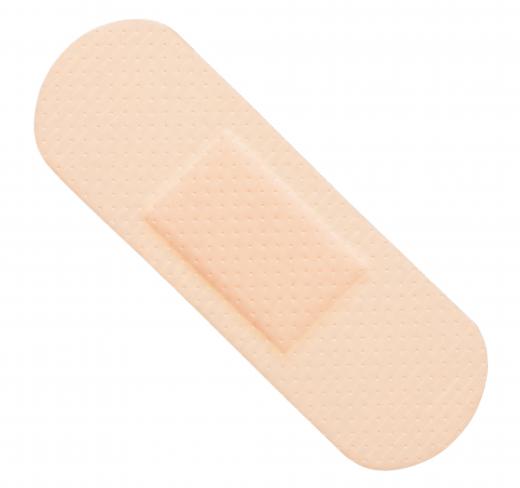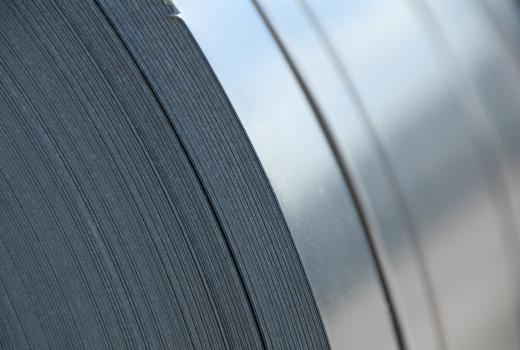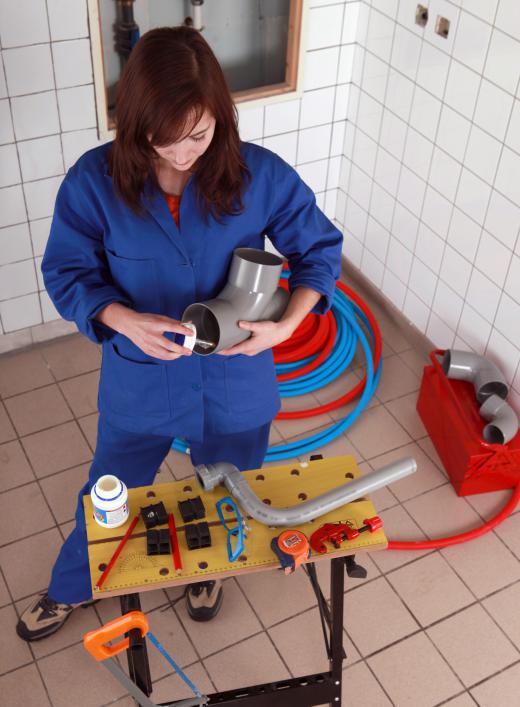Adhesives are natural or synthetic compounds, usually in liquid or paste form, used to bond two objects together. Depending on how they form a bond, adhesives can be categorized as pressure-sensitive, reactive, drying, contact, light-curing, or thermoplastic. Their strength and the way they react with other substances can vary widely, so it's always wise to use the correct glue for the job.
Pressure-sensitive adhesives come in both permanent and removable forms. Examples of the permanent variety are the foil tape used in heating, ventilating, and air-conditioning (HVAC) systems, equipment safety and warning labels on machinery and appliances, and to secure interior trim work in vehicles. They may be removable when first applied, with the adhesion strength building over the course of hours or even days.

Removable adhesives create a temporary bond and typically cannot support a substantial amount of weight. Common examples of temporary pressure-sensitive adhesives are masking tape, sticky notes, and pricing labels. They are also used in the manufacture of transdermal drug patches such as those for smoking cessation, birth control, and the prevention of motion sickness. This type of glue is also a component of ordinary self-sticking bandages like Band-Aids®.

Reactive adhesives are applied in liquid form as a very thin layer. They are best used to attach items that must be completely flush and don't require the adhesive to fill a gap between them. The reactive type of adhesive is well suited for gluing together wood, many plastics, metal, and glass. This type of glue usually has a fast rate of strength build-up along with a very quick set time.

Drying adhesives are a combination of polymers and solvents. The adhesive hardens as the solvent evaporates. Ordinary white glue is one of the most widely recognized adhesives of this type, along with rubber cement. Creating a relatively weak bond, drying glues are mostly suited for household, school, and craft use.
Contact adhesives are unusual in that they must be applied to both surfaces to be attached, and then allowed a period of time to dry before the objects can be pressed together. Neoprene and natural rubber are two common examples. Applications include attaching soles to shoes and affixing Formica® to counter tops.

Light-curing adhesives set rapidly, some as quickly as in a single second. These extremely strong glues are capable of bonding dissimilar materials, such as plastics to glass, and they are able to maintain integrity under extremes of temperature. Light-curing adhesives are used almost exclusively in industrial settings such as manufacturing, aerospace applications, electronics, medical equipment, and telecommunications.
Thermoplastic adhesives are also called hot-melt glues. As the name implies, these glues are applied hot then harden as they cool. Able to adhere a wide variety of different materials, thermoplastic glues are used primarily for homemade crafts using a hot-glue gun for dispersal.
